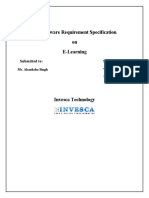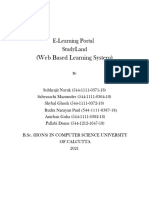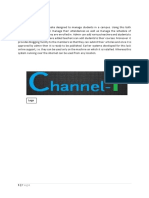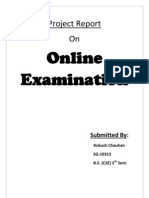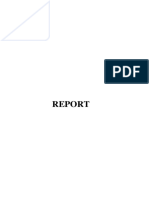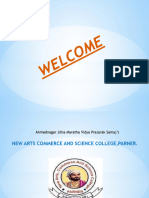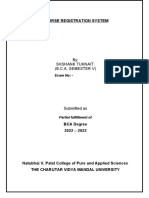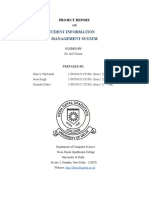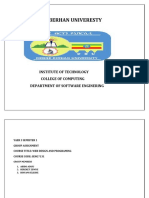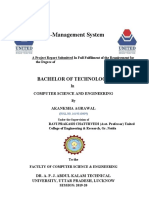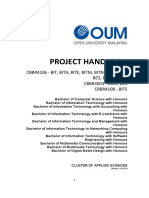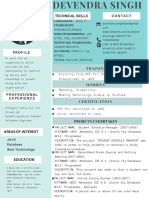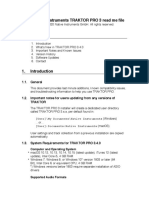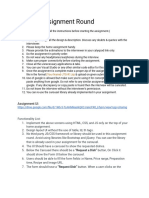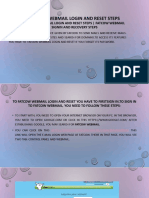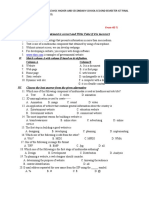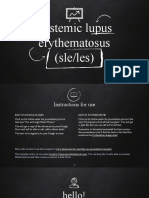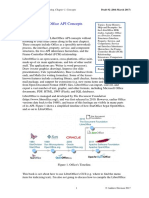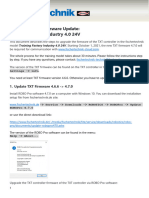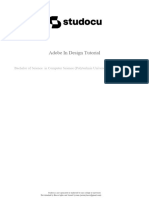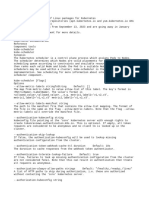0% found this document useful (0 votes)
48 views36 pagesPHP Document
The document outlines a project report for an online education system developed by a group of students as part of their BCA internship. It details the project's objectives, requirements, implementation goals, and the software development life cycle (SDLC) applied. Additionally, it includes sections on feasibility studies, project planning, and user management functionalities, emphasizing accessibility, flexibility, and quality content for learners.
Uploaded by
piud9791Copyright
© © All Rights Reserved
We take content rights seriously. If you suspect this is your content, claim it here.
Available Formats
Download as PDF, TXT or read online on Scribd
0% found this document useful (0 votes)
48 views36 pagesPHP Document
The document outlines a project report for an online education system developed by a group of students as part of their BCA internship. It details the project's objectives, requirements, implementation goals, and the software development life cycle (SDLC) applied. Additionally, it includes sections on feasibility studies, project planning, and user management functionalities, emphasizing accessibility, flexibility, and quality content for learners.
Uploaded by
piud9791Copyright
© © All Rights Reserved
We take content rights seriously. If you suspect this is your content, claim it here.
Available Formats
Download as PDF, TXT or read online on Scribd
/ 36

